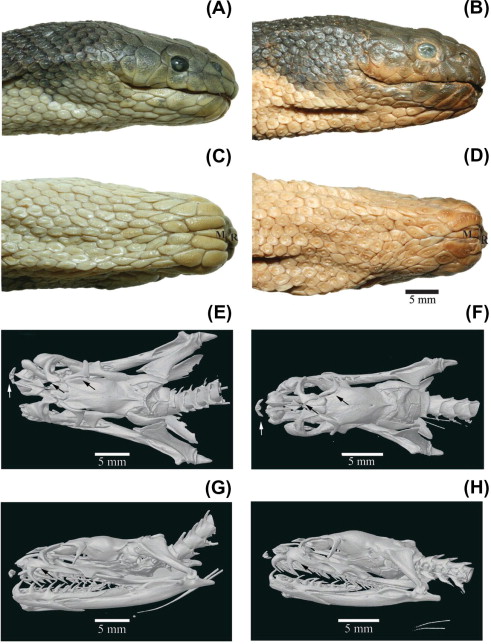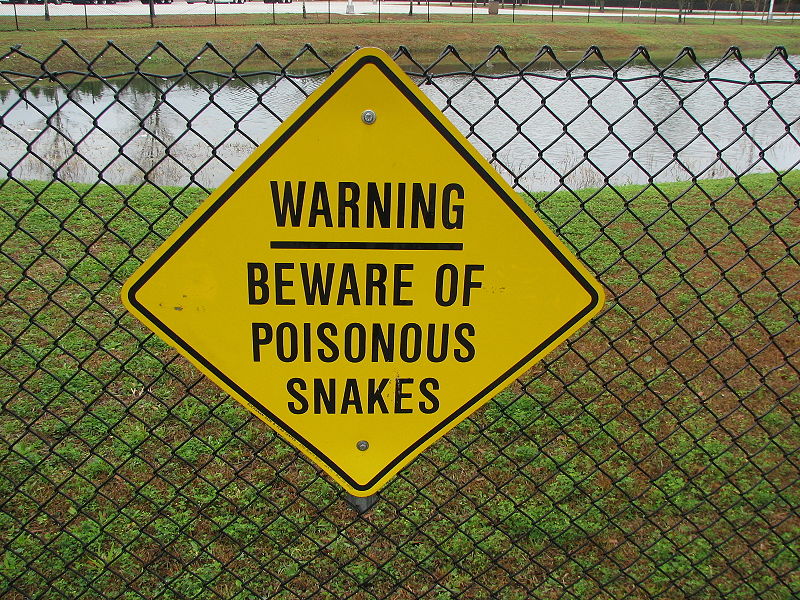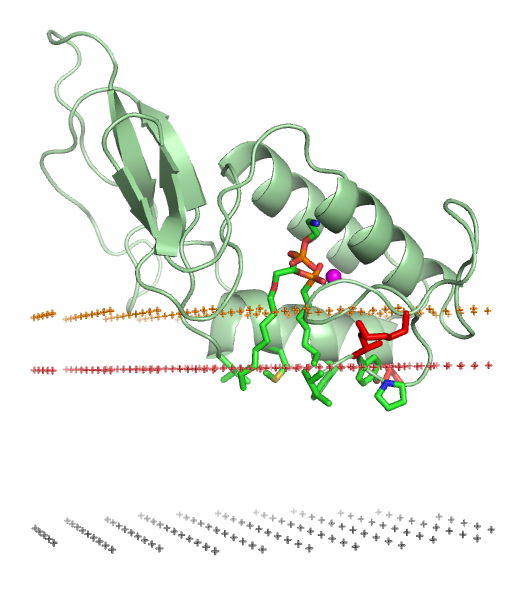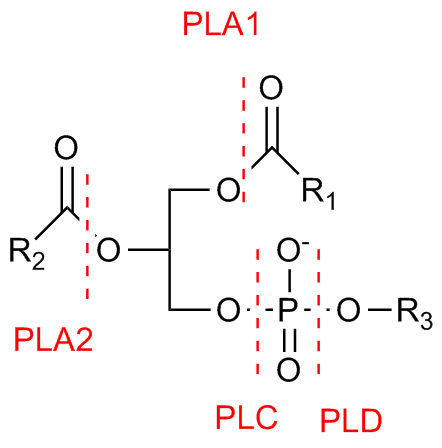Facts
Two Different Species-
For long, it was thought that the poisonous Enhydrina
schistosa that was found in south coast of Asia and in
Australia were all the same species. The snakes from this
regions looked alike, because of their beak mouth, hence the
name beaked sea snake. After test on their DNA were done,
it was found that the snakes were actually different species.
Scientist concluded that this occurred due to convergent
evolution. Convergent evolution occurs when different
species evolve independently but end up looking similar to
one another. This was an important finding because, not
only, did they discover a new species but it could possibly save
lives. Since the species are very venomous. It was
important to know if there was a need to create two different
antivenin. They discovered that the antivenin for each region
could be used for each snakes venom. Researchers suggest
that the Asian serpent would keep the scientific name of
Enhydrina schistosa, while the Australian species would be
named Enhydrina zweifeli.
that was found in south coast of Asia and in
Australia were all the same species. The snakes from this
regions looked alike, because of their beak mouth, hence the
name beaked sea snake. After test on their DNA were done,
it was found that the snakes were actually different species.
Scientist concluded that this occurred due to convergent
evolution. Convergent evolution occurs when different
species evolve independently but end up looking similar to
one another. This was an important finding because, not
only, did they discover a new species but it could possibly save
lives. Since the species are very venomous. It was
important to know if there was a need to create two different
antivenin. They discovered that the antivenin for each region
could be used for each snakes venom. Researchers suggest
that the Asian serpent would keep the scientific name of
Enhydrina schistosa, while the Australian species would be
named Enhydrina zweifeli.

Poisonous vs. Venomous-
This two words are used
interchangeable but in many cases they are used
incorrectly. The words can refer to animals that produce toxins,
but where the two terms differ is how the toxin is delivered.
Venomous animals deliver their toxins by injecting it into other
organisms. They use specialized tools that are apart of their
body make up, these could range from stingers to what snakes
use, which are fangs. They use their venom to immobilize the
other organism as a way of predation or protection. Poisonous
animals do not deliver their toxins directly. Their entire body
or a large part of it contains that venom. So the danger of
these animals comes when they are eaten or touched by other
organisms. Their venom may cause vomiting, blistering, or
cardiac impacts to the predator that tried to eat or touch them.
Given the information about the two words and the beaked sea
snake, was "Poisonous" used correctly in the picture of a sign
above?
NO!!!!!
Venom- There are many different types of protein and chemicals that make up snake venoms. The proteins and chemicals that make the venoms are very complex. They each play a different role in the lethalness of the venom. Hyaluronidase, alkaline phosphatase, phosphodiesterase, phospholipse A, acetylcholinesterase, DNase, leucine amino peptidase, and clotting activity were found in a sample of unfractionated venom. The pictures below are of phospholipase A2 enzymes. This enzyme aren't only found in the beaked sea snake venom but in many mammal's tissues. The venom increases the presence of this enzyme causing inflammation and pain to occur at the site.


The venom is made up of highly potent neurotoxins and myotoxins. The neurotoxin affects the nervous system. It causes a progressive paralyzation of the body's muscles. This then causes death due to respiratory failure which occurs due to the diaphragm failing. The neurotoxin can also cause excess salivation and vomiting. Myotoxins affects muscle tissue directly. The toxin effects your ability to contract your muscles. It makes the prey also flaccid to make it easier to eat. It has be found to also damage kidneys. Beaked sea snakes are responsible for the vast majority of deaths from sea snakes. Scientist have estimated that its venom is 4 to 8 times more lethal than that of a cobra. They have LD50 value is 0.1125 mg/kg based on toxicology reports. Every bite has about 7.9- 9.0 mg, but it only takes about 1.5 mg to kill a human. So this makes this snake one of the most dangerous and venomous snakes in the world if not the most.
Back to Home Page.
To Contact me go to my
Contact Page.